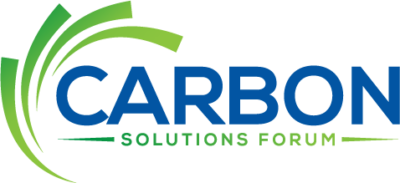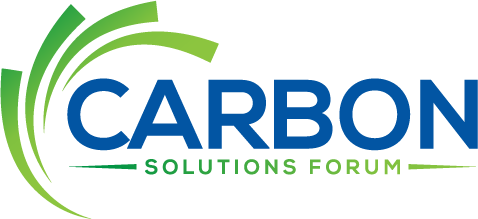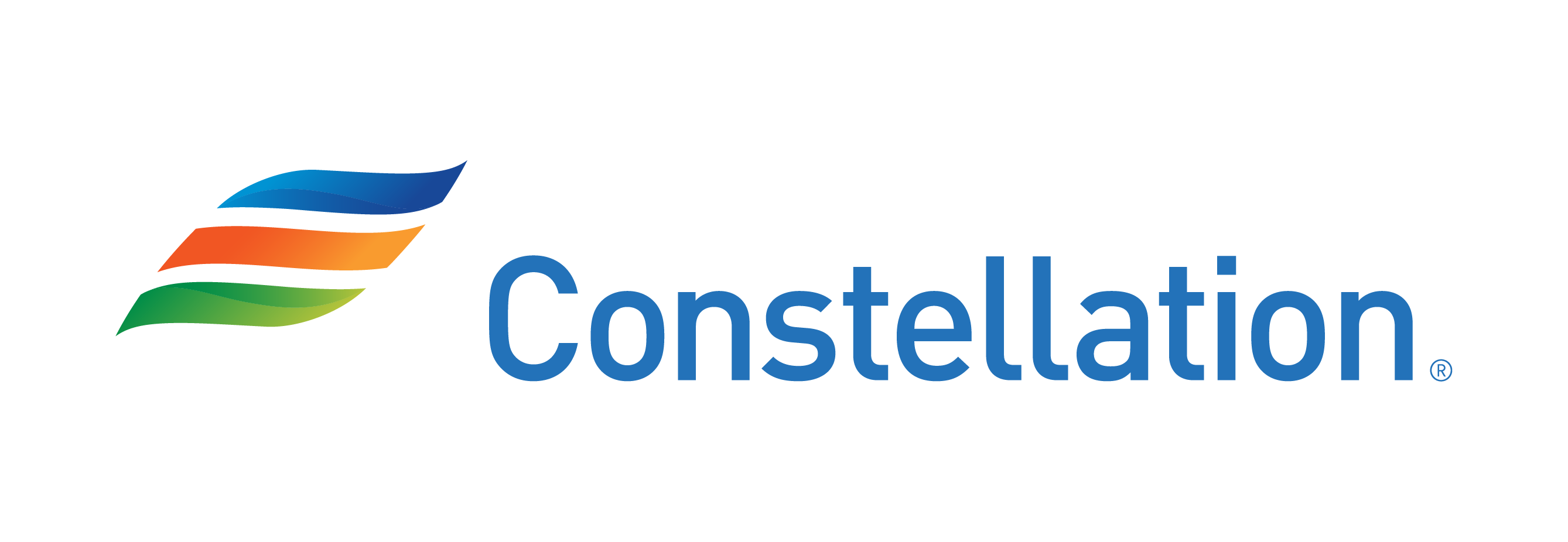![]()
Brett, first of all, congratulations on the recent news of DOE providing financial support for your two CCS projects. Could you please share a summary/overview of those two initiatives and how they fit into the overall company strategy?
Calpine is the nation’s largest generator of natural gas and geothermal resources. We are also the largest cogeneration company. We were founded on the principles of supporting competition and environmental stewardship and we have seen lately a really strong increased demand from our customers as well as from the regulators in certain states to have low carbon power. And that was one of the catalysts for us to kick off our investment in the research of carbon capture solutions for our gas-fired facilities.
We have now a dozen projects that we believe will be good candidates for carbon capture. The first three are the ones that have been given grants from the U.S. Department of Energy (DOE) recently, and they are very different in a lot of ways.
Sutter, located in California, is a 550 MW combined cycle plant that will capture 1.7 million tons of CO2 a year. Our partner for that project is SMUD, which is one of the 10 largest utilities in the country. Our customer and partner here wanted a reliable, dispatchable resource that was zero to low carbon. Their customers and the State of California have a strong interest in transitioning to renewable energy, but renewables with the increased demand for electrification sometimes face reliability issues, hence having a solution like this provides the best of both worlds, as it guarantees a very low carbon footprint with reliable, around the clock power.
At our Baytown power plant, we are looking at a much larger cogeneration facility of 900MW that will capture around 2 million tons of CO2 per annum using Shell´s technology. While we don’t have the same State low-carbon targets in Texas, the common thread here is the customer and potential offtakers´ demand for low-carbon power and their need for a reliable source.
Calpine is now the only U.S. energy operator with two CCS projects supported by the Department of Energy. In addition, you have several other CCS projects in your pipeline. Could you please share some key strategic drivers for Calpine to get involved in CCS?
I would say it’s a combination of two major functions. Calpine is very focused on solutions that serve our customers’ needs. As mentioned, we have seen an increasing demand from our customers for zero to low-carbon power and this is a natural step for us to meet that evolving demand.
The second is primarily economics. Prior to the IRA and the change in 45Q, carbon capture projects were there so this is definitely not a new, experimental technology, but it was very expensive. Now, what DOE has done with these larger grants, combined with increased payment for CO2 sequestration, are really making these projects economically viable.
Those two things really drove Calpine, but at a more macro level, our company was founded around environmental stewardship. This is a great example of the holistic benefits of carbon capture, as it brings considerable economic development attributes through these big investments while improving the climate and serving the needs of the customers. This is just the start of a much more robust buildout program that we hope to implement in the coming years once these two projects are successfully completed.
What are some of the key partnerships and collaborations involved in your two CCS flagship projects and how did they come to fruition? (What are the key partners and stakeholders involved and how has been the process/relationship with DOE)
We have various degrees of partnerships with everybody across the spectrum. Initially, we focused on who our customers are. In our Sutter project, our offtake partner is SMUD while at Baytown, it is Covestro and we are working with both companies very closely to make sure we address their needs and solve their challenges. Then, once you identify their need, which is a low to zero net carbon power, you ask yourself how you meet that requirement. So you need to choose the right technology, and we have selected ION and Shell.
Then you have your transportation and sequestration partners. In California, it is 1PointFive, in Baytown we have not selected one but are in discussion with many potential partners. One of the interesting things about CSS, is that you have three very distinct levels: the sequestration, the transportation and the actual capture. We are only focused on the capture part and we rely on our partners to safely transport and permanently sequester the CO2. Therefore, getting good partners is absolutely critical. Our customers are not connected with the transportation partners directly and for us, it is critical to make sure that all the parties are on the same page so the whole process can function efficiently
As the projects continue to build out, we aim to strengthen those partnerships and streamline this complex process, making it more cost-efficient, replicable and scalable.
What is the anticipated environmental and operational impact of those two projects combined and how both the company and its stakeholders will benefit from them?
In terms of emissions profile, we are not anticipating an increase in output basics, although volumetrically we might see some. The net benefit for the community is that, as part of the DOE grant, we are required to develop a robust community benefit plan. We need to partner with all impacted stakeholders, with a strong focus on disadvantaged and underserved communities. We are reaching out to everybody involved, trying to educate on the benefits of the projects while also being informed ourselves about their concerns.
In a more concise answer, it is like taking several million cars off the road every year in each project.
What were the key technology considerations and challenges that you are facing in the development of those initiatives?
Challenges are going to be more around the execution. I can’t stress enough that CCS is a proven technology so we know the projects can be done safely and effectively. I think the biggest challenge here is how to execute them. We are undertaking two very large projects with many parties involved, so getting all the pieces to fit together in a timely manner is going to be difficult. The good news is that the hardest time you do something is the first time. Then it will be a lot easier to execute the other 10 projects that are coming where we can hopefully replicate this success and apply lessons learned, while also serving as a good example for some of our peers.
The Carbon Solutions Forum is just around the corner. What excites you the most about this event and what key discussions are you most looking forward to?
It is an exciting time in the energy industry for sure and with CCS taking center stage it’s great to be on the leading edge. I am really looking forward to telling not just the Calpine story but the story on CCS. There is a lot of interest in the space and we need everyone to fully understand the benefits that this can bring to the grid both in terms of increased reliability but also a better environment.

















